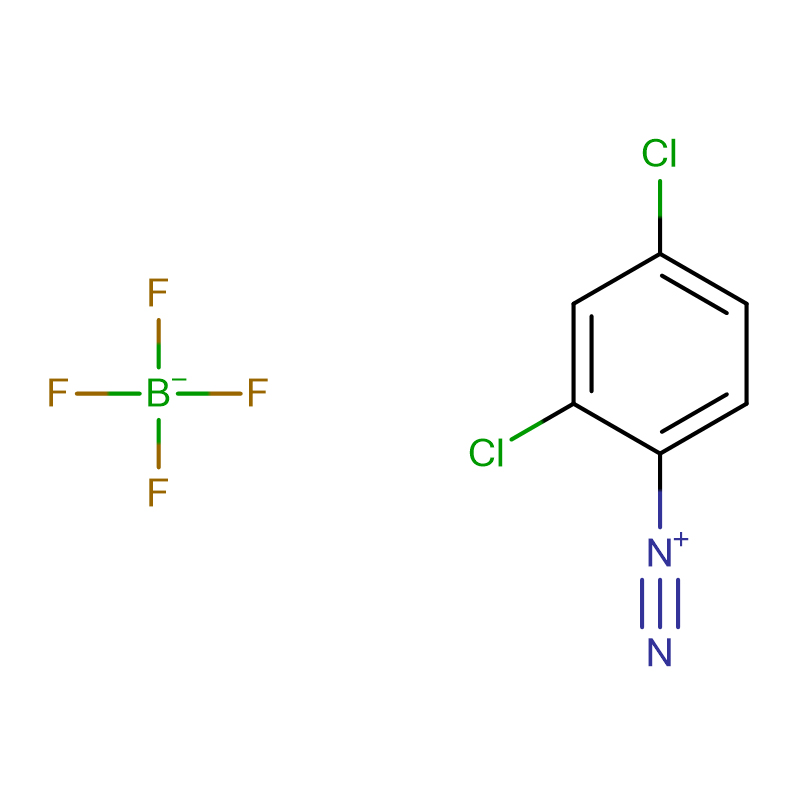4-Nitrophenyl-alpha-L-fucopyranoside CAS:10231-84-2 White to pale yellow crystalline powder
| Catalog Number | XD90253 |
| Product Name | 4-Nitrophenyl-alpha-L-fucopyranoside |
| CAS | 10231-84-2 |
| Molecular Formula | C12H15NO7 |
| Molecular Weight | 285.25 |
| Storage Details | 2 to 8 °C |
| Harmonized Tariff Code | 29400000 |
Product Specification
| Solubility | Clear, Colourless solution |
| Assay | 99% |
| Appearance | White to pale yellow crystalline powder |
| TLC | Single spot |
| Purity HPLC | Min 98% |
The manner by which effects of simultaneous mutations combine to change enzymatic activity is not easily predictable because these effects are not always additive in a linear manner. Hence, the characterization of the effects of simultaneous mutations of amino acid residues that bind the substrate can make a significant contribution to the understanding of the substrate specificity of enzymes. In the beta-glycosidase from Spodoptera frugiperda (Sfbetagly), both residues Q39 and E451 interact with the substrate and this is essential for defining substrate specificity. Double mutants of Sfbetagly (A451E39, S451E39 and S451N39) were prepared by site-directed mutagenesis, expressed in bacteria and purified using affinity chromatography. These enzymes were characterized using p-nitrophenyl beta-galactoside and p-nitrophenyl beta-fucoside as substrates. The k cat/Km ratio for single and double mutants of Sfbetagly containing site-directed mutations at positions Q39 and E451 was used to demonstrate that the effect on the free energy of ESdouble dagger (enzyme-transition state complex) of the double mutations (Gdouble daggerxy) is not the sum of the effects resulting from the single mutations (Gdouble daggerx and Gdouble daggery). This difference in Gdouble dagger indicates that the effects of the single mutations partially overlap. Hence, this common effect counts only once in Gdouble daggerxy. Crystallographic data on beta-glycosidases reveal the presence of a bidentate hydrogen bond involving residues Q39 and E451 and the same hydroxyl group of the substrate. Therefore, both thermodynamic and crystallographic data suggest that residues Q39 and E451 exert a mutual influence on their respective interactions with the substrate.


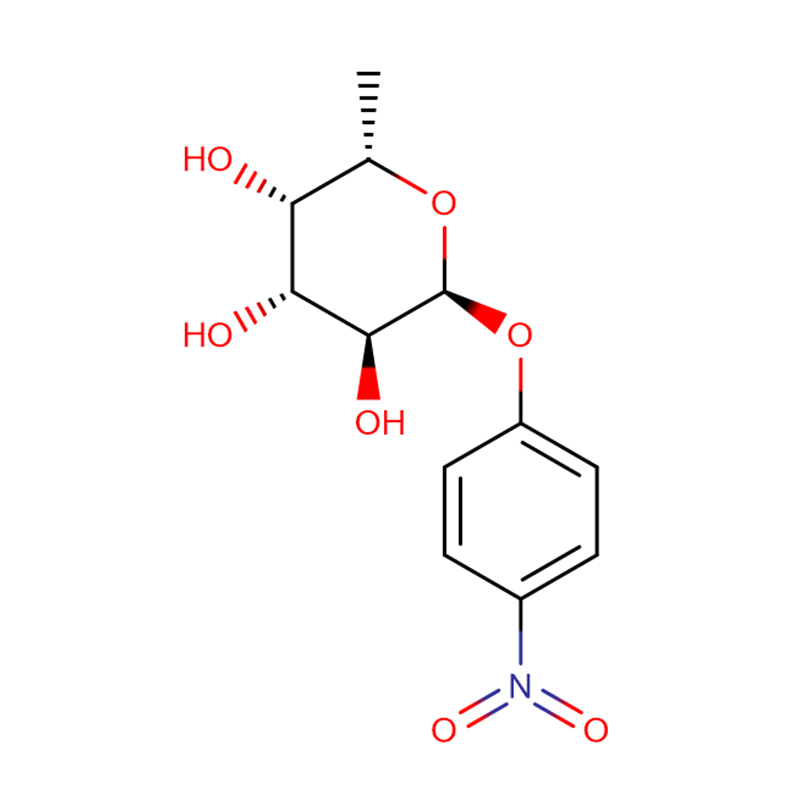
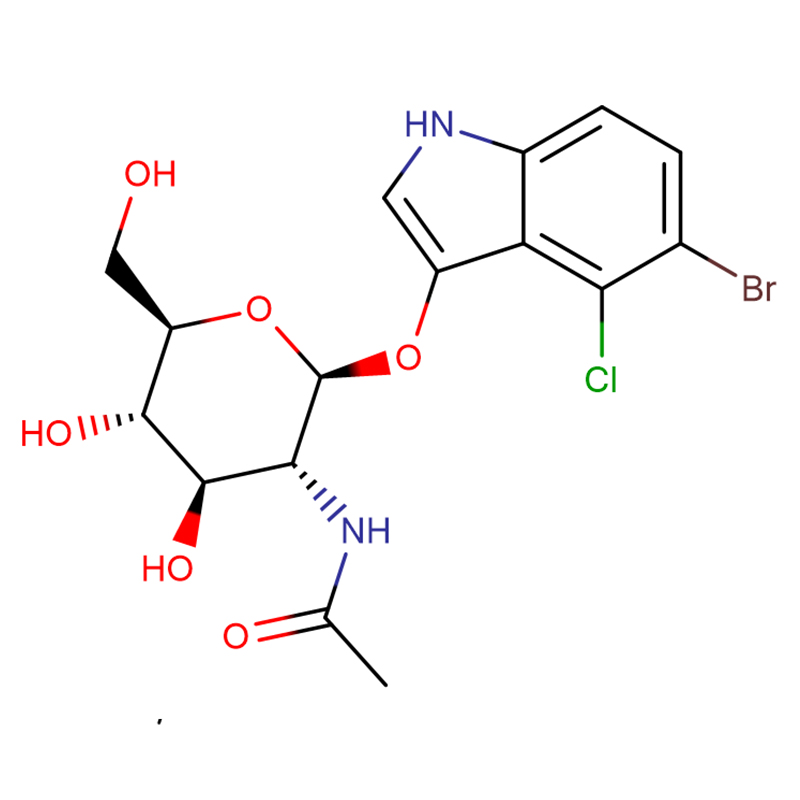
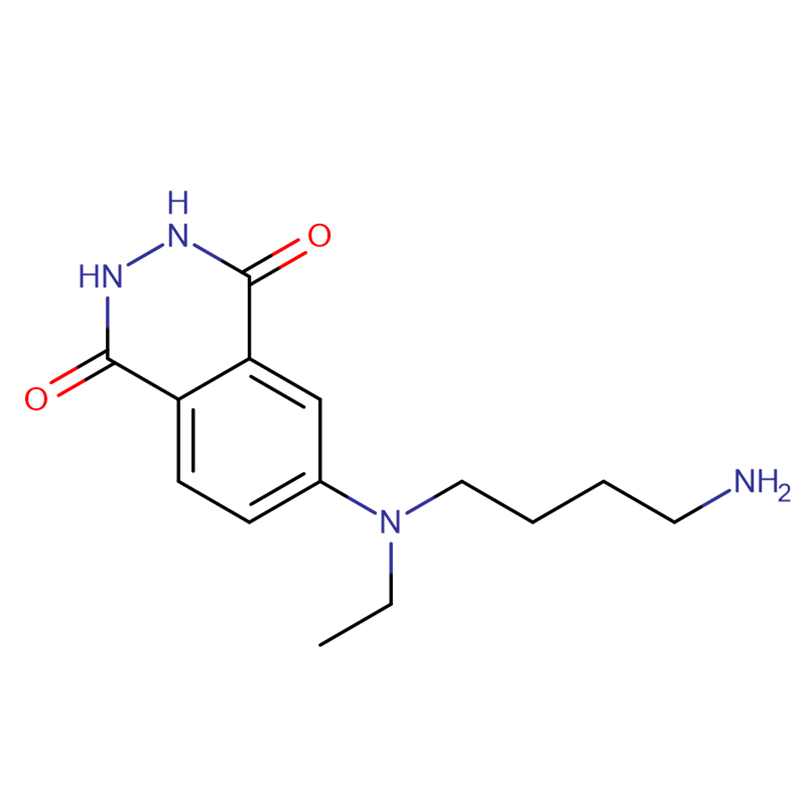
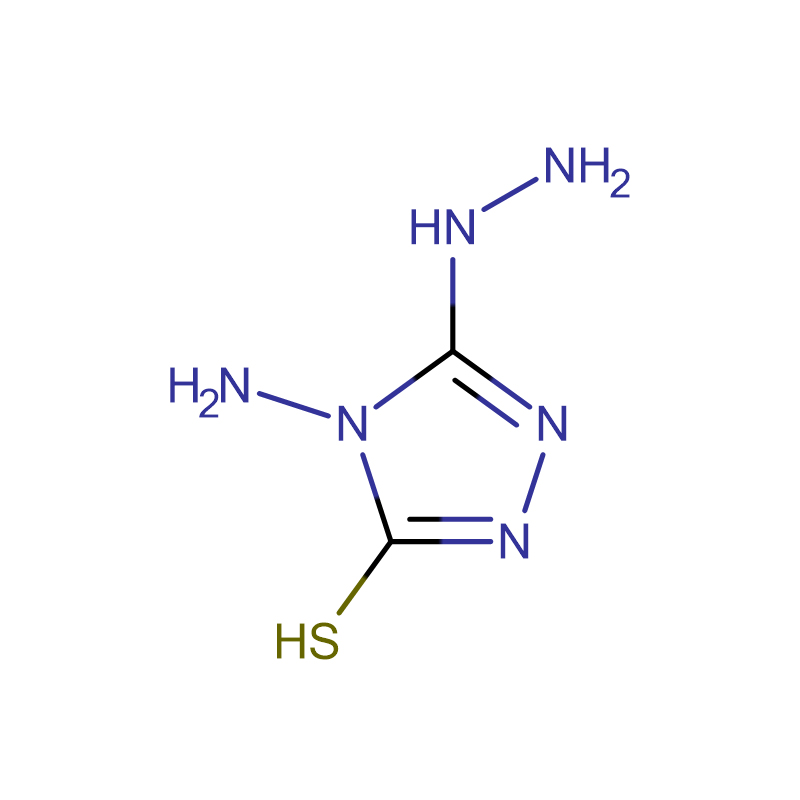
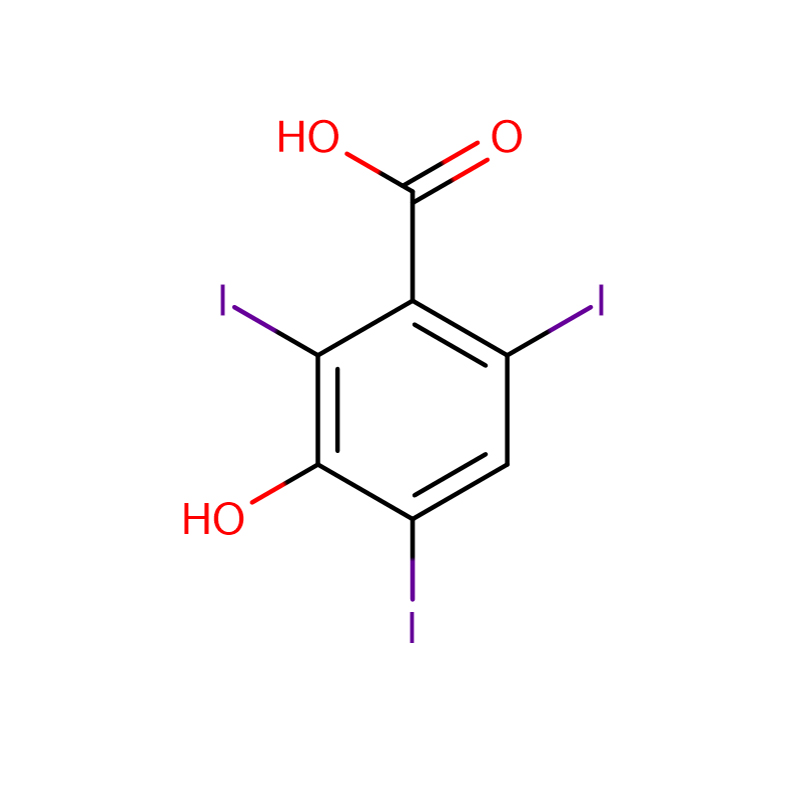
![1,2,3,4-Tetrahydrobenzo[h]quinolin-3-ol CAS:5423-67-6 Off-white powder](https://cdn.globalso.com/xdbiochems/5423-67-6.jpg)
